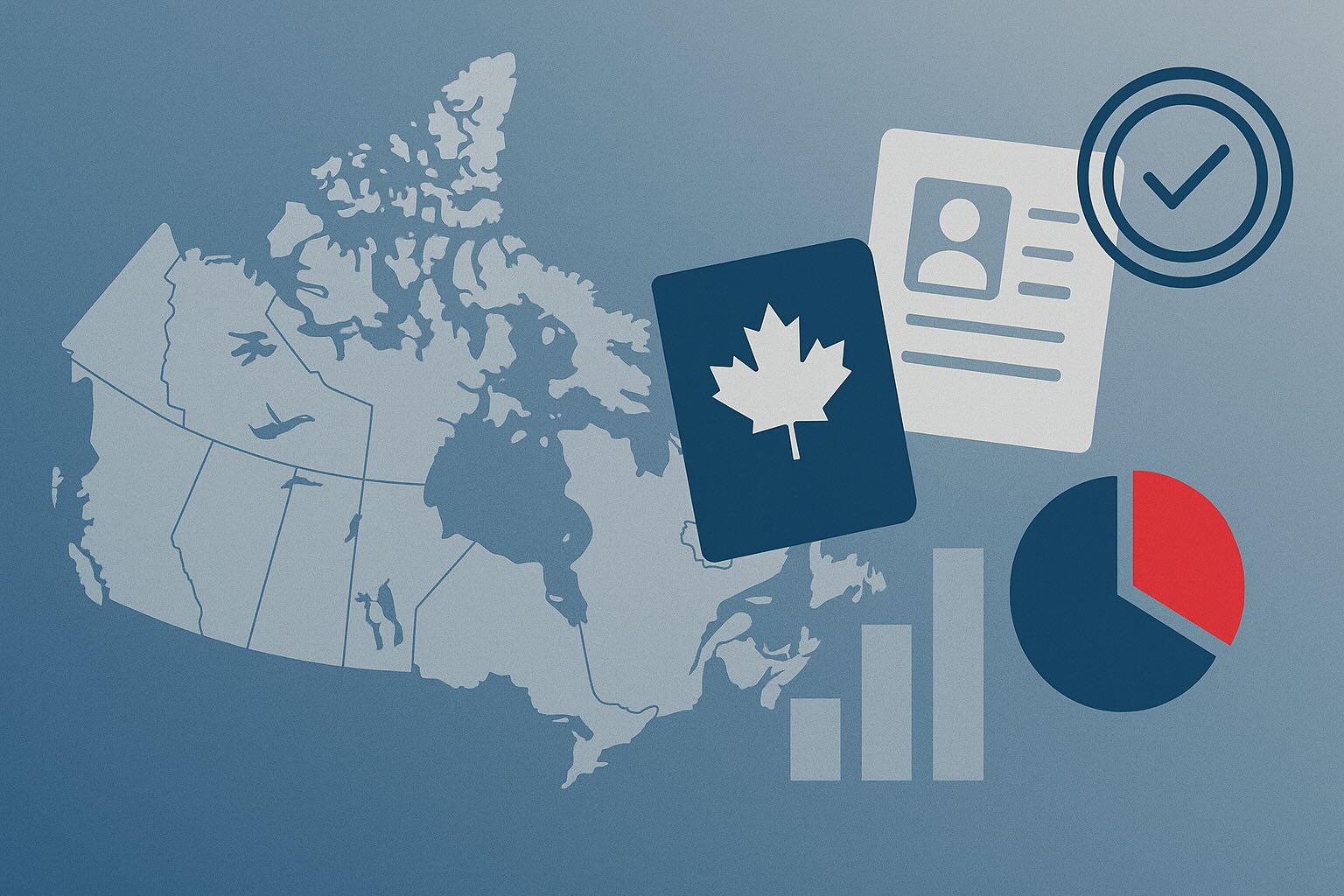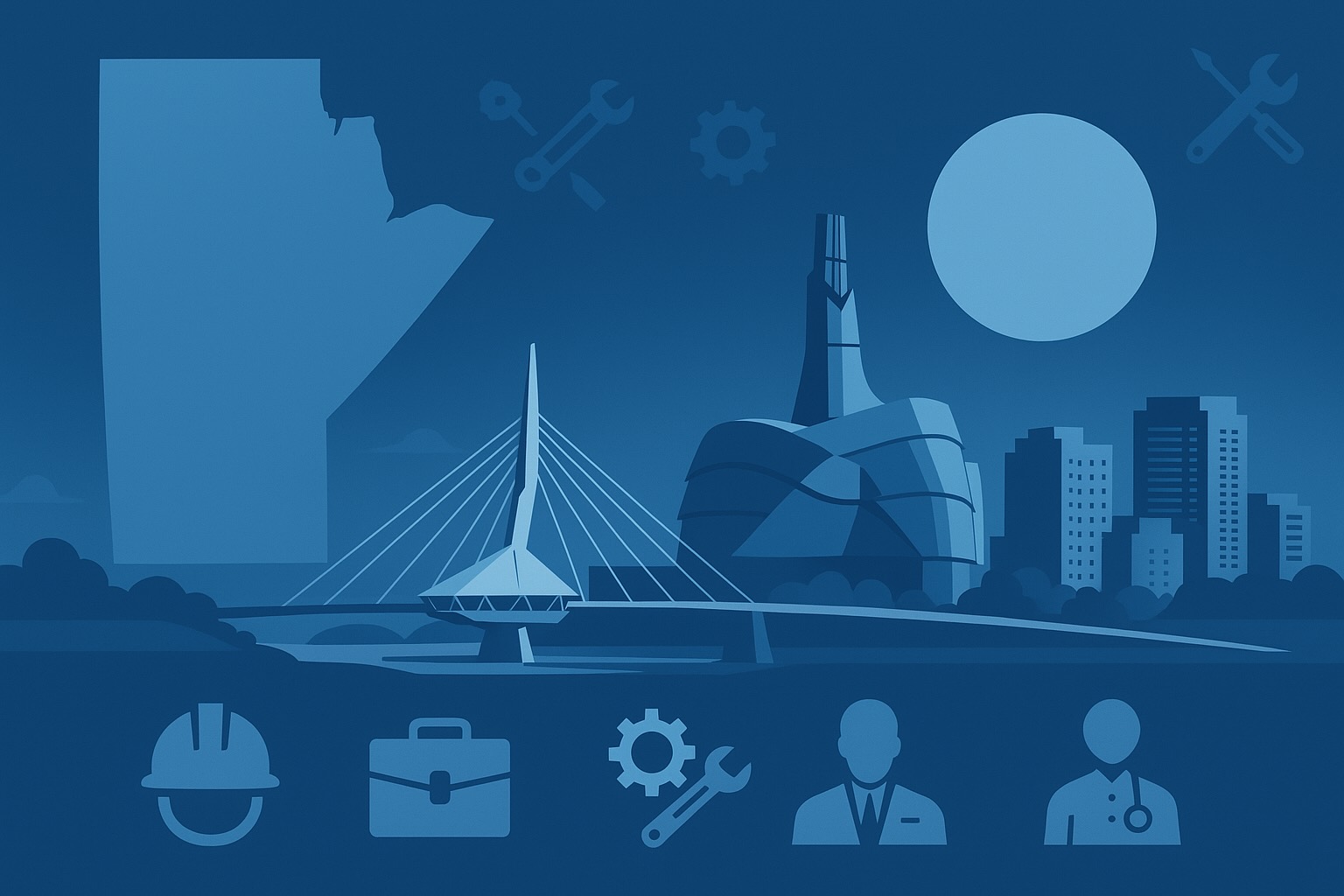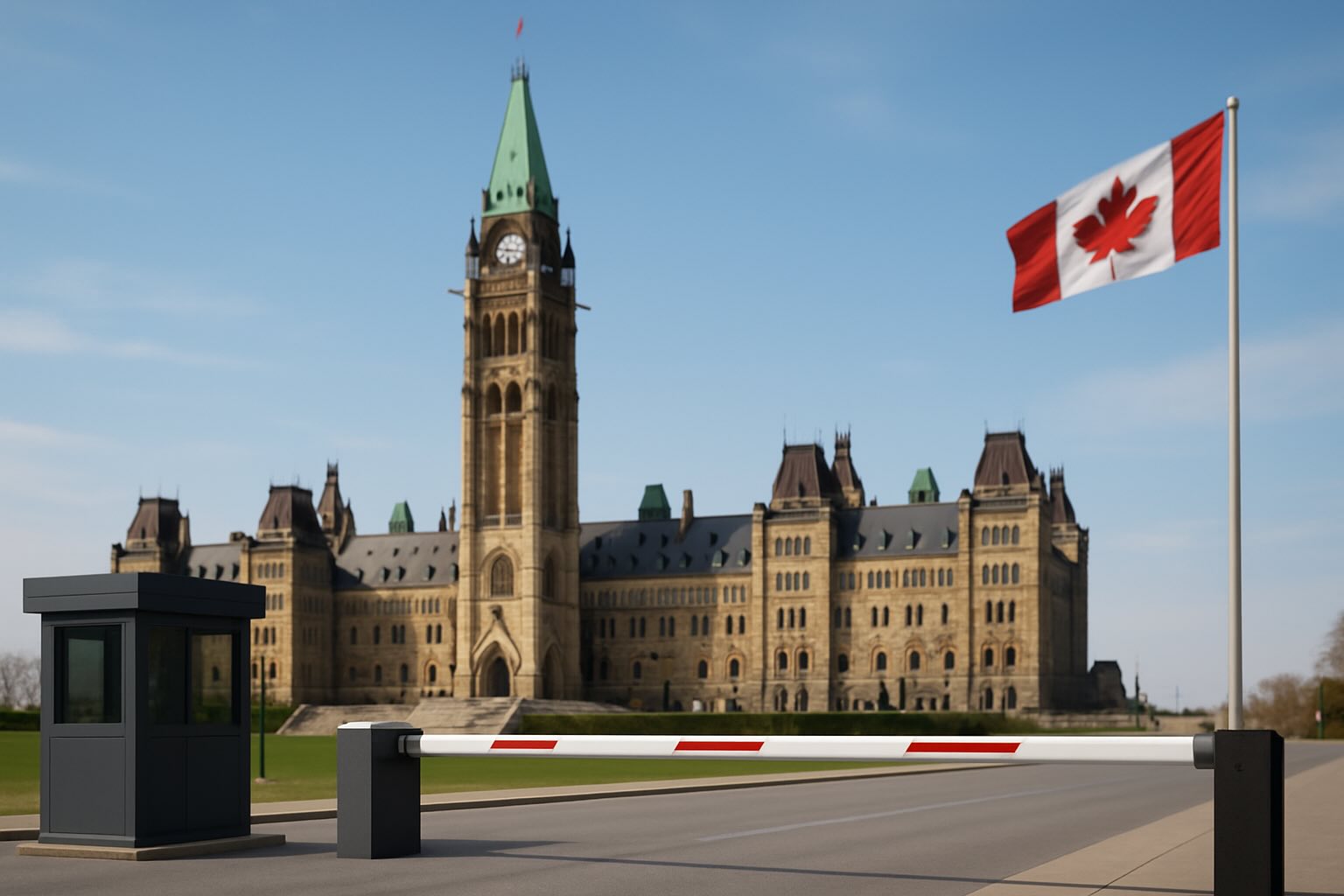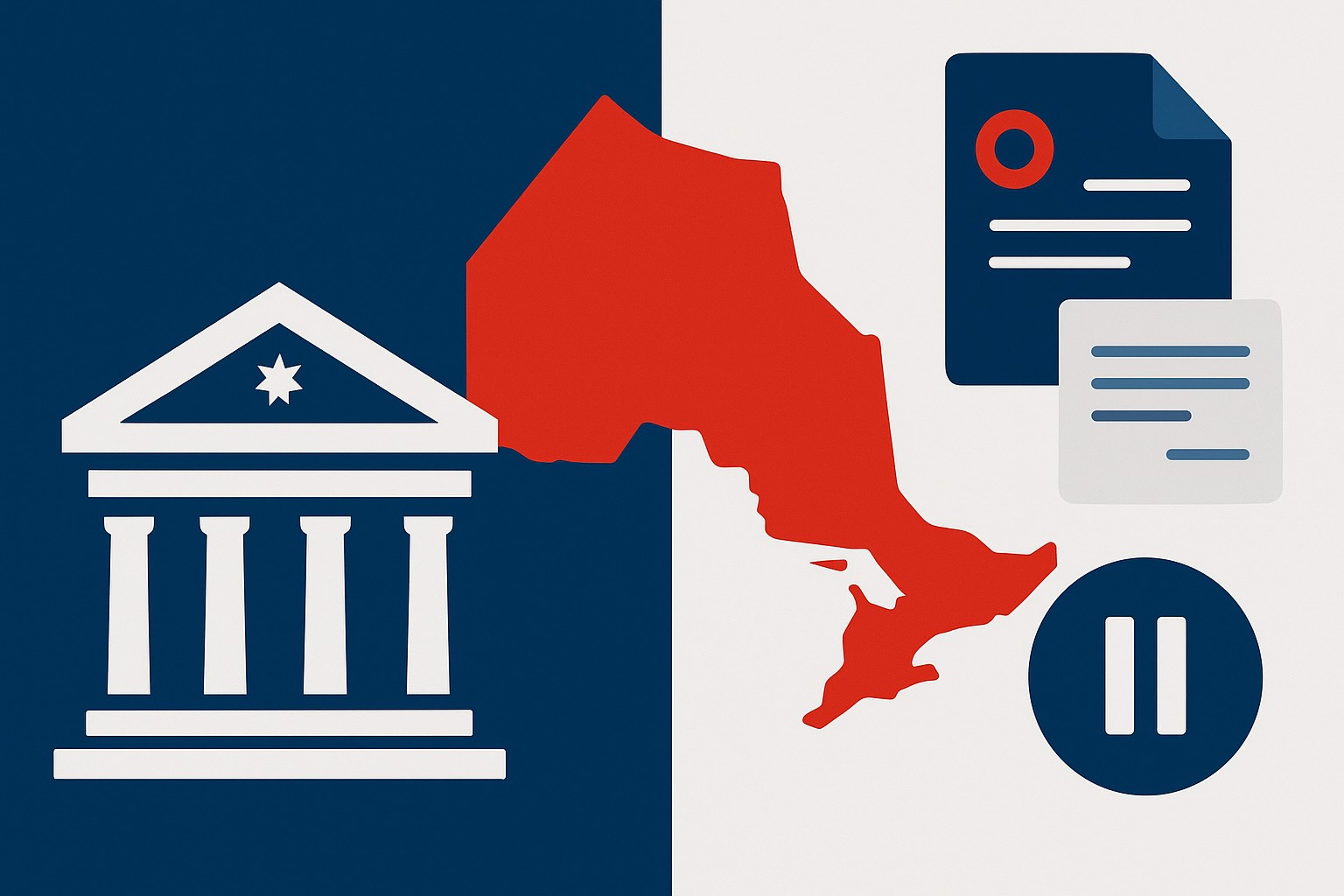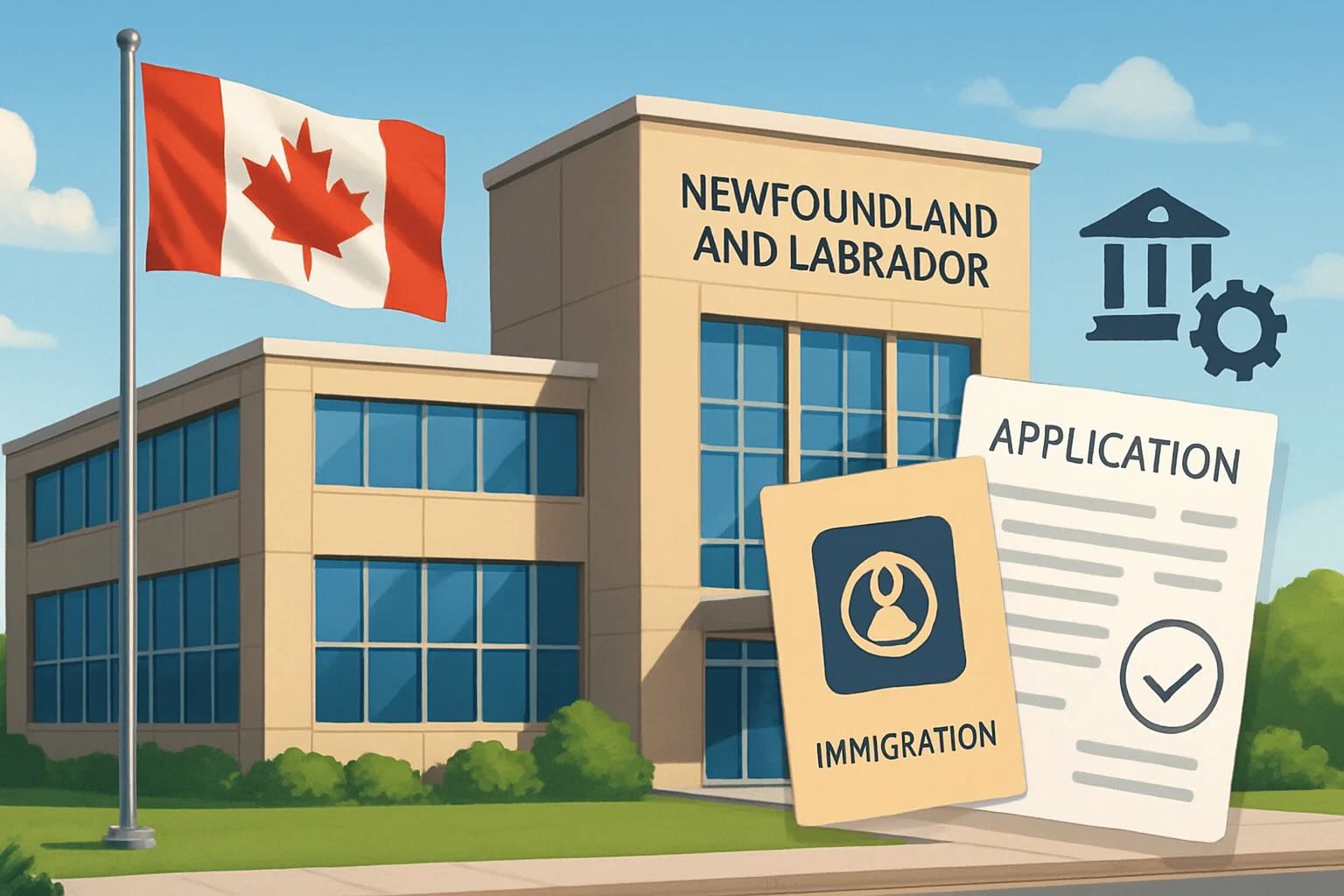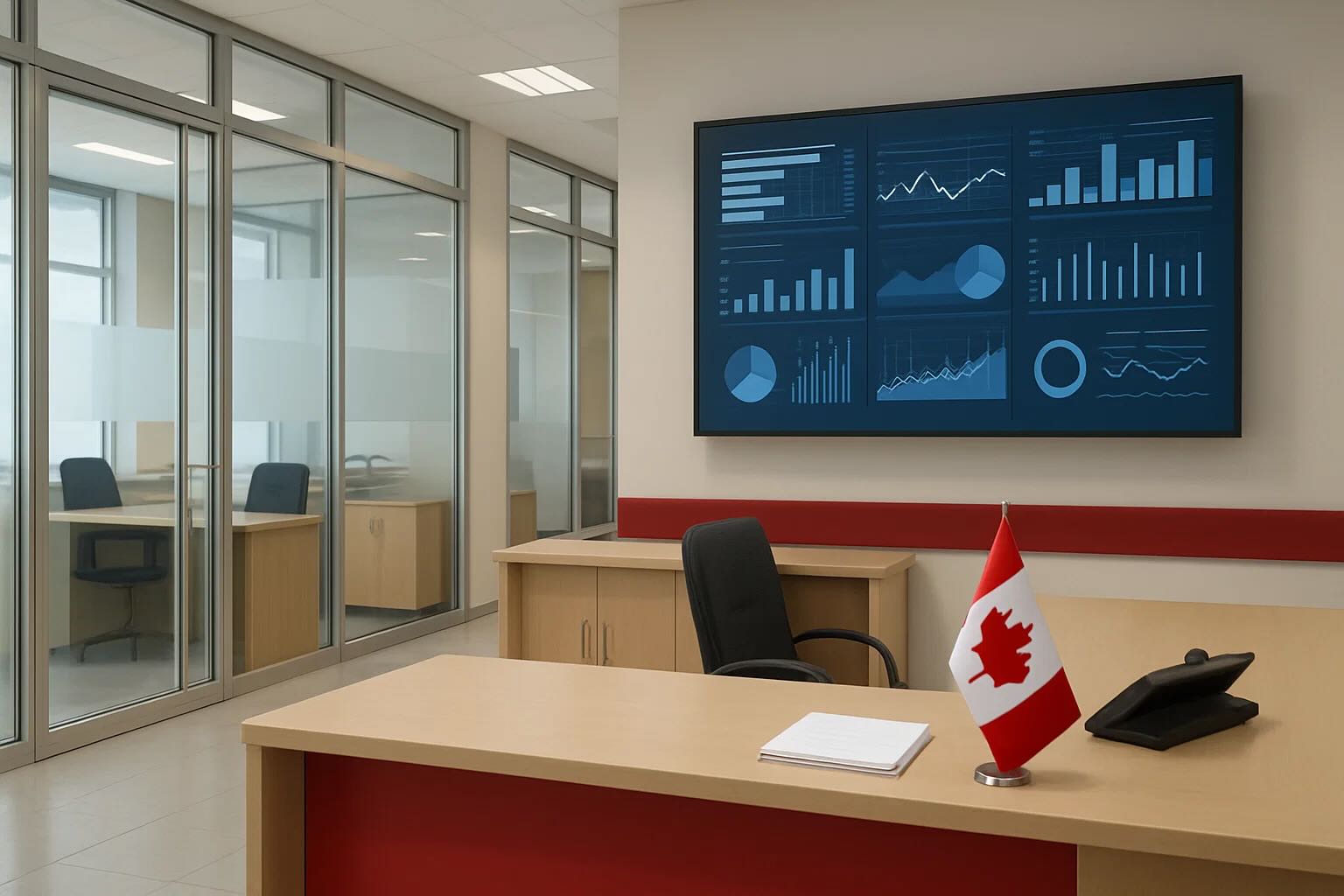
加拿大移民、難民及公民部(IRCC)將於2025年11月1日前公布2026—2028年移民配額計劃,明確未來三年永久居民及臨時居民的接收目標。根據聯邦政府早前的政策承諾及2025年的移民趨勢,2026年的永久居民接收人數預計不超過41.65萬人,與前期削減趨勢相比將保持穩定。快速通道系統的配額在去年增加後有望延續增長態勢,而省提名計劃在經歷2025年的大幅削減後,多個省份已成功爭取配額增加,2026年或有回升。臨時居民方面,政府將繼續執行把非永久居民人口降至總人口5%以下的目標;臨時外籍工人項目面臨進一步改革,國際學生政策則維持嚴格的年度上限。法語移民仍是政策重點,魁北克省外法語永久居民比例目標將逐步提升至2029年的12%。
永久居民接收量將保持穩定
根據聯邦政府的競選承諾,2026年的永久居民接收目標預計不會超過41.65萬人。此一上限是基於自由黨在最近一次選舉中的承諾——將永久居民年度接收量穩定在加拿大總人口的1%以內。截至2025年7月1日,加拿大人口約為4165萬。
2024年公布的移民配額計劃已將2025年的永久居民目標較2023年的計劃削減了20%。過去兩份移民配額計劃的永久居民接收目標對比如下:
歷年永久居民接收目標對比
| 年份 | 2025—2027年計劃(2024年公布) | 2024—2026年計劃(2023年公布) |
|---|---|---|
| 2025年 | 39.5萬 | 50萬 |
| 2026年 | 38萬 | 50萬 |
| 2027年 | 36.5萬 | — |
這些目標涵蓋經濟類移民、家庭團聚類移民,以及難民與人道主義移民。
快速通道系統配額逆勢上升
雖然去年的移民配額計劃將所有項目的永久居民總體目標削減了20%,但通過快速通道系統(Express Entry)的經濟類移民配額實際上有所增加。
2024年公布的計劃將原有的「聯邦高技能類別」(Federal High Skilled, FHS)拆分為兩個新類別:
- 聯邦經濟優先類別(Federal Economic Priorities):針對特定緊缺職業的定向抽籤,以及具法語能力的申請人
- 境內聚焦類別(In-Canada Focus):已在加拿大境內持有效臨時居民身份的外籍人士
2025年,兩個新類別的配額總和為12.468萬(聯邦經濟優先類別4.17萬 + 境內聚焦類別8.298萬),高於前一年計劃中聯邦高技能類別的11.75萬。
快速通道系統配額變化
| 年份 | 2025—2027年計劃 | 2025—2027年計劃 | 2024—2026年計劃 |
|---|---|---|---|
| 聯邦經濟優先 | 境內聚焦 | 聯邦高技能 | |
| 2025年 | 4.17萬 | 8.298萬 | 11.75萬 |
| 2026年 | 4.74萬 | 7.583萬 | 11.75萬 |
| 2027年 | 4.78萬 | 7.093萬 | — |
省提名計劃大幅削減後或將回調
去年的移民配額計劃對省提名計劃(Provincial Nominee Program, PNP)進行重大調整,聯邦配額較前一年削減一半,2025、2026及2027年均降至5.5萬人,而2024年的目標為11萬。
省提名計劃配額對比
| 年份 | 2025—2027年計劃 | 2024—2026年計劃 |
|---|---|---|
| 2025年 | 5.5萬 | 12萬 |
| 2026年 | 5.5萬 | 12萬 |
| 2027年 | 5.5萬 | — |
因此,各省及地區在2025年獲得了明顯減少的提名配額。然而,自那以後,包括卑詩省、曼尼托巴省、薩斯喀徹溫省、紐芬蘭與拉布拉多省及新不倫瑞克省在內的多個省份,已成功爭取到2025年配額的增加。
此外,10月16日,移民部長莉娜·迪亞布(Lena Diab)與各省及地區的對口官員會面,討論為省提名計劃分配額外名額的安排。
若聯邦政府延續2025年的趨勢,預計2026年的省提名計劃配額將自去年的5.5萬上調。
臨時居民政策持續收緊
預料即將公布的移民配額計劃將繼續涵蓋臨時居民目標。在2025年的諮詢中,IRCC表示將延續去年的做法,致力於在2027年底前把非永久居民人口降至加拿大總人口的5%以下。
去年是移民配額計劃首次納入臨時居民指標。臨時居民包括臨時外籍工人及國際學生。
在去年的計劃中,國際學生佔2026及2027年臨時居民入境人數的大部分,其餘則分配予臨時外籍工人計劃(TFWP)及國際流動計劃(IMP)。
臨時居民入境目標
| 類別 | 2025年 | 2026年 | 2027年 |
|---|---|---|---|
| 國際流動計劃 | 28.575萬 | 12.87萬 | 15.57萬 |
| 臨時外籍工人計劃 | 8.2萬 | 8.2萬 | 8.2萬 |
| 國際學生 | 30.59萬 | 30.59萬 | 30.59萬 |
| 總入境人數 | 67.365萬 | 51.66萬 | 54.36萬 |
臨時外籍工人計劃或將改革
總理馬克·卡尼(Mark Carney)已預告臨時外籍工人計劃即將改革,但暫未知變化將如何影響原定的8.2萬年度配額目標。
9月10日,卡尼在愛民頓向自由黨核心小組發表演說時表示,臨時外籍工人計劃必須採取「聚焦策略」,針對特定戰略部門及地區的需求。
過去一年半,政府對該計劃作出多項重大調整:
- 在失業率達或超過6%的地區暫停處理低工資勞動力市場影響評估(LMIA)申請
- 提高臨時外籍工人計劃高工資類別的薪資門檻
- 降低僱主可透過該計劃聘用員工的比例上限
- 將配偶開放式工作簽證(SOWP)資格限制於從事TEER 0或1級職業,以及部分緊缺的TEER 2及3級職業的外籍工人配偶
本年,臨時外籍工人計劃遭批評,保守黨領袖皮埃爾·波利耶夫(Pierre Poilievre)呼籲廢除該計劃。
法語移民持續受重視
若聯邦政府兌現競選承諾,預計2028年法語移民的配額目標將有所提升。
在2025—2027年移民配額計劃中,聯邦政府承諾逐步提高魁北克省外法語永久居民比例,目標為2025年達8.5%、2026年達9.5%、2027年達10%。
競選期間,卡尼承諾到2029年將魁北克省外的法語移民比例提升至12%。
IRCC亦多次表示,即使在整體移民水平削減的情況下,法語移民仍是優先事項。
近年來,IRCC透過推出法語類別定向抽籤、啟動法語移民途徑(如法語社區移民試點計劃)及增加對法語移民的安置支援,持續推動法語移民發展。
國際學生上限政策延續
目前尚不清楚即將公布的計劃是否會調整國際學生接收目標。
去年的移民配額計劃訂下以下國際學生入境目標:
國際學生入境目標
- 2025年:30.59萬
- 2026年:30.59萬
- 2027年:30.59萬
為達成此目標,聯邦政府對學生簽證申請實施年度上限,要求非豁免學生在申請學習簽證時必須提交省級證明信(PAL)。學生簽證上限每年更新,通常於每年1月公布。
